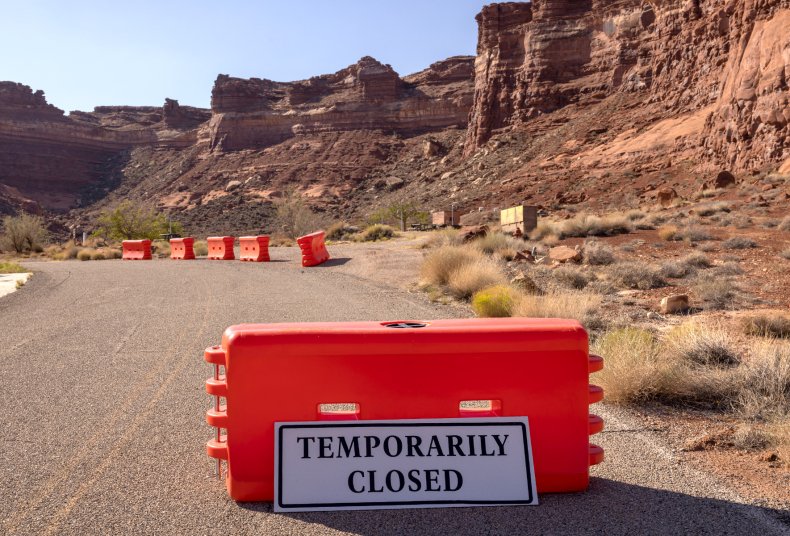An extreme heat wave in the Southwest could pose a risk to Lake Powell's water levels, which have been steadily increasing all summer.
After an extended drought period, Lake Powell, which is in Utah and Arizona, reached drastically low levels last summer, but levels began rising in earnest in April after California experienced a wet winter. The above-average snowfall in the mountains led to an increased snowpack melt that has continued to supplement Lake Powell, as well as Lake Mead in Arizona and Nevada, this summer.
However, a heat wave bringing triple-digit temperatures and dry weather to the Southwest could douse hopes that the lakes are recovering.
Lake Powell's intake has been slowing as snowpack melt stops for the summer. The lake has seen a steep increase in recent months, with water levels rising more than 60 feet since mid-April. Levels are more than 45 feet higher than this time last year, but the increase has started to slow, and on some days the lake is losing water.

A decrease in levels is typical in the summer months as snowpack melt stops and the region enters a dry period, and a heat wave may exacerbate the lake's tendency to lose water during summer months, according to AccuWeather senior meteorologist David Houk.
"We're in a better position than we were last year at this time, but now we start to see the drain on the overall hydrological levels across the entire basin," Houk told Newsweek.
He added that during the hot summer months, it is typical for water to drain out of the reservoirs and not be resupplied until the winter, when precipitation usually resumes.
However, despite the positive intake this spring and the first part of the summer, NewsNation reported that inflows are expected to plateau, and the Colorado River basin reservoirs aren't predicted to rise again until next year, when runoff resumes.
A spokesperson from the Bureau of Reclamation said that decades of drought could not be fixed by a single season of good rainfall as Lake Powell currently stands at just 41 percent capacity.
Newsweek reached out to the U.S. Bureau of Reclamation by email for comment on Thursday.
Lake Powell influences the water levels at Lake Mead, which is downstream. Although Lake Mead's levels have yet to drop, the rate at which they are rising is slowing down.
The heat wave is also likely to increase water use, as more irrigation is needed to maintain crops and livestock during the hot weather. However, the lower Colorado River basin has already experienced sharp cuts in water usage—primarily in agricultural irrigation—to preserve the water that remains in Lake Mead and Lake Powell.








